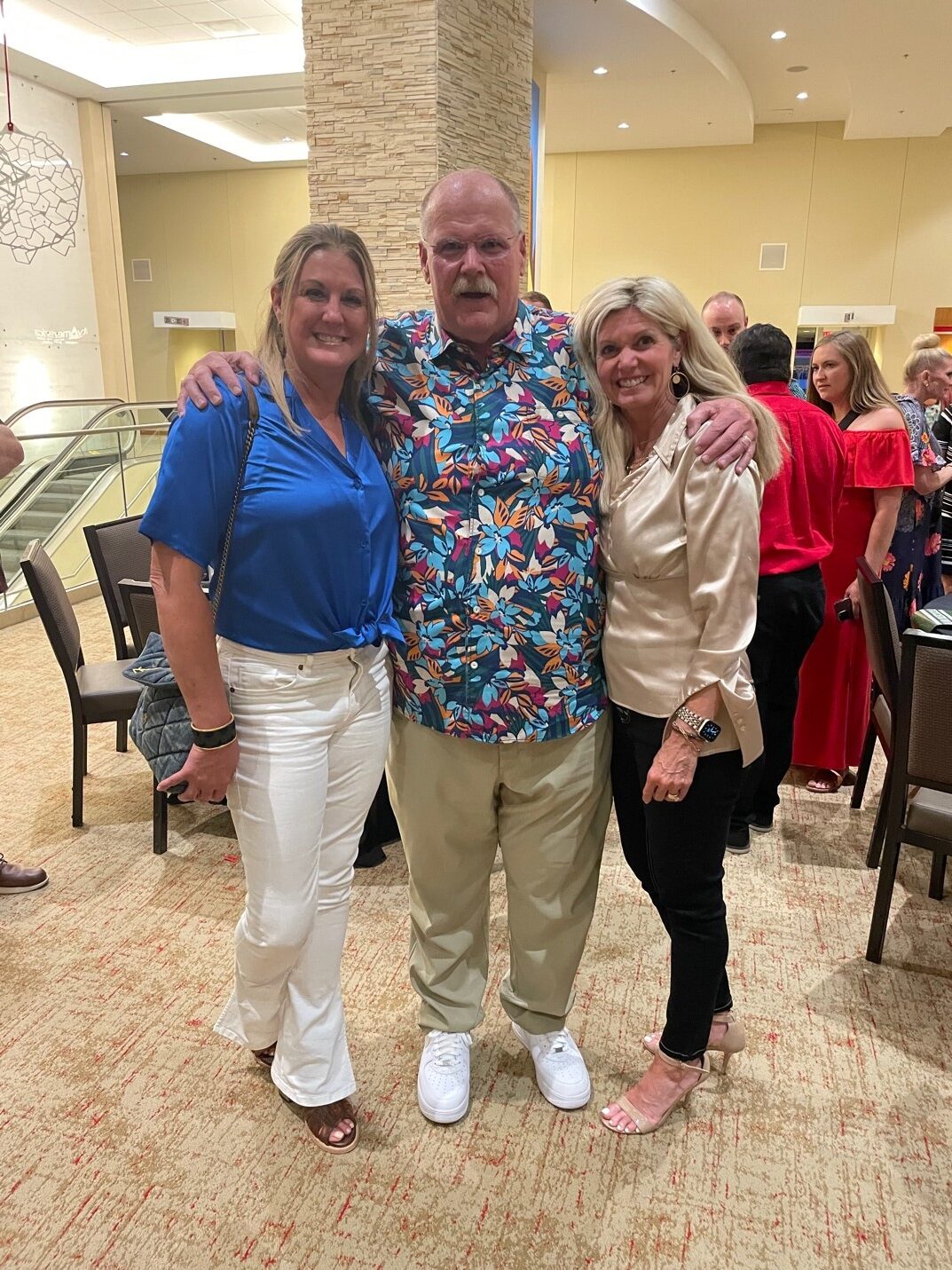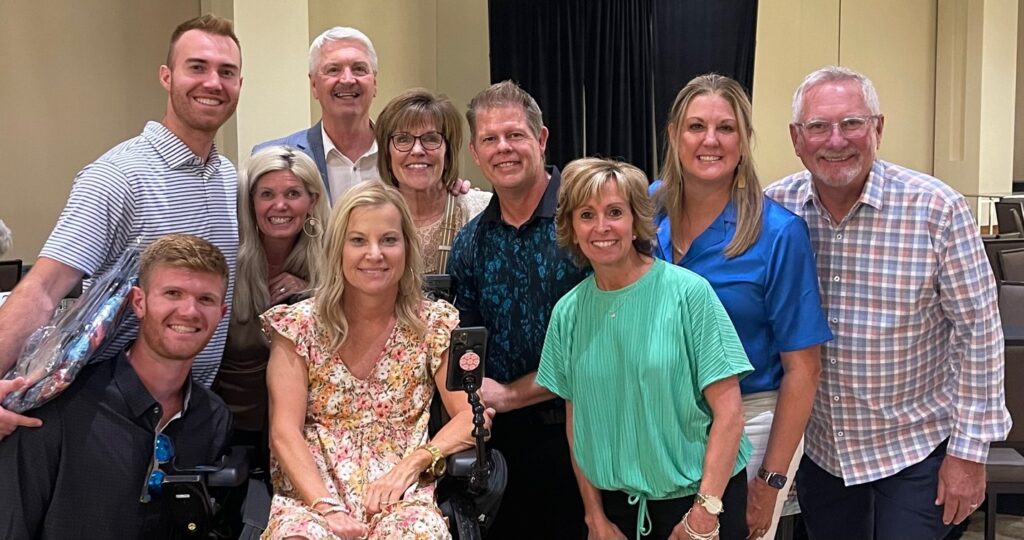Giving to others – it’s not just good for the receiver. It’s also good for the giver.
Giving can stimulate your brain’s mesolimbic pathway, or reward center while releasing endorphins. This can lead to a “helper’s high” that boosts self-esteem, elevates happiness, and combats feelings of depression.
As you help someone or give a gift, your brain secretes “feel good” chemicals such as:
- Serotonin (which regulates your mood).
- Dopamine (which gives you a sense of pleasure).
- Oxytocin (which creates a sense of connection with others).
My challenge to you. Find a way to give to others. This can be a monetary gift or donation of your time. Have fun with it. You may want to get your friends in on the action.
For example, the other day a group of my friends attended the Evening With Andy Reid event to raise money for Special Olympics. We had so much fun being together and giving to such a great cause. It was a great way to spend the evening. The energy and the positive mood continued to rise as the evening went on. We were all still laughing and texting each other about it the next day. So not only did we all enjoy the benefits of giving that evening, but for multiple days. It was literally the gift that kept on giving.


More From Michele
ESTP Personality Types in Relationships
ESTP The Doers To read additional posts on other MBTI types Understanding your personality type and the type of those around you can improve communication, relationships, intimacy, team, and organizational productivity, employee engagement & retention,...
Time Management for “P” Perceiving Types- Myers-Briggs
Time Management for "P" Perceiving Types. A study by Meri Hicks Beckham outlines how Perceiving types manage time and why it is effective for the type. "J" judging types read also. This will help to give insight and hopefully reduce your frustration with the time...
Personality Type & Relationships- ISTP
Personality Type & Relationships- ISTP Understanding your personality type and the type of those around you can improve communication, relationships, intimacy, team, and organizational productivity, employee engagement & retention, satisfaction, enjoyment...








